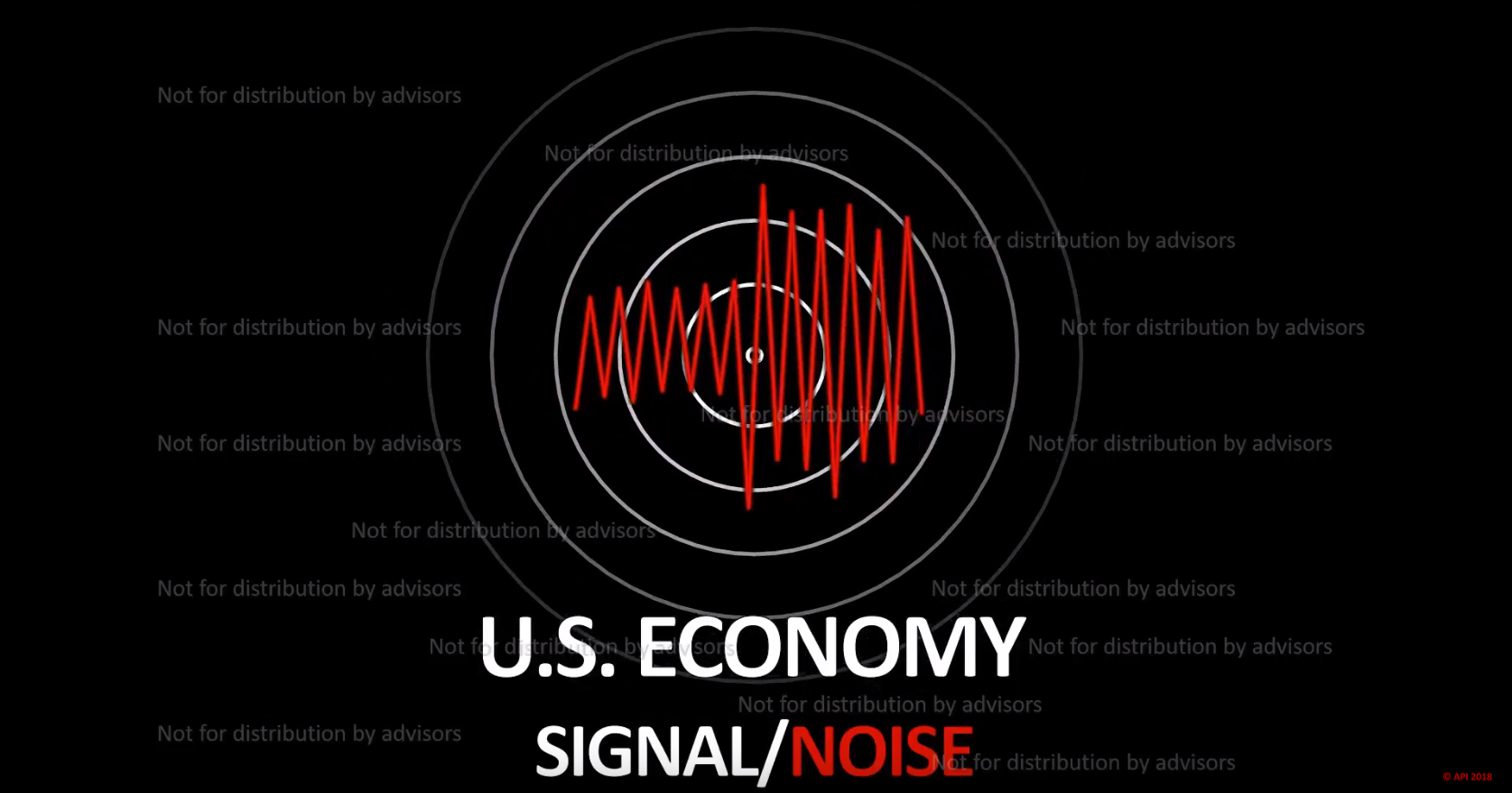Income Discovery, A Retirement Income Planning App, Fills A Niche In Software For Financial Advice Professionals Hot
Software For Our Times
With 90% of ID’s features available from your home page, the web-based app is extremely easy to use. At the same time, ID offers more detailed modeling capabilities than traditional financial planning software apps because its sole purpose is optimizing retirement income plans.
Manish Malhotra, founder, CEO, and chief architect of the software, argues persuasively that his app fills an important niche in the professional financial software market. “It’s giving you the guts of a plan that you can run trades against versus a pie in the sky financial plan,” says Malhotra. “It builds an implementation plan for retirement income portfolios rather than a high level financial plan.”
In addition to filling a professional’s need for an app devoted to income strategies, Malhotra has stumbled into a solution to the challenge to advisors posed by growing competition from online apps. By giving an advisor control over a superior toolset for optimizing retirement income portfolios, ID highlights the value of professional experience and judgment in retirement income planning. The software enables such sophisticated modeling that a self-directed investor is unlikely to know how to use it. In contrast to black box programs that spit out impressive reports for clients, Income Discovery empowers human intelligence to guide its models. This highlights the competitive advantage of advisors over online apps.
For example, the app offers a pull-down list of economic scenarios. It also optimizes Treasurys in a bond ladder to design a broadly diversified income stream down to the CUSIP. Moreover, it does the same for many (but not all) annuities. (For easy browsing, The video below is divided into "chapters" displayed across the bottom of the screen.)
The Trend Toward Specialty Software
ID is part of an accelerating trend toward specialization of software for financial professionals. In recent years, new categories of apps have sprung up that never before existed. Client portals, tax rebalancing, social CRM, financial-product suggestion engines are new apps spawned in just the past decade. Because these apps focus on doing one thing great, they can succeed in improving the quality of advice and service level offered by a financial professional.
The use of specialty apps has been fostered by growing use of the Web. Interfaces that push client data from one app to another make it easy for an advisor to add an app to his practice management pallet. While traditional financial planning apps like MoneyGuide Pro or NaviPlan could add a specialty app to their software, doing so would complicate the user interface and retrofitting a database with new tools is never as easy as building a new app.
For advisors to compete effectively in the years ahead, they will need to rely on specialty apps more. An advisor app store will be the new "silver bullet" in practice management.
In ID’s case, the program specializes in retirement income planning. For example, the program includes an overlay for changing Social Security benefits in any retirement income plan. It makes it easy to decide to postpone starting Social Security benefits at age 70 and shows you impact this will have on an income stream. This is not a feature in traditional financial planning software.
A Different Perspective
Professional financial planning software addresses retirement planning from a wealth manager’s perspective, but not necessarily from the retirement income planning angle. For example, ID’s main graphical report displays sources of a client’s income stream over the length of his retirement. That captures the retirement income plan in a one easy to understand picture.
In addition, traditional financial planning software is focused on achieving your goals in life or projecting a client’s cash flows over a long period. Since the only goal of ID is solving for retirement income, its toolset is more fine-tuned for that challenge. So it makes it easier to build forecasts for income streams using single premium immediate annuities, guaranteed life withdrawal benefit (variable) annuities, and bond ladders as well as a diversified securities portfolio.
Bond Laddering
In addition, ID lets you add in a bond ladder to make up for an income shortfall suffered if you should postpone Social Security benefits. So you can easily see whether postponing Social Security benefits until age 70 and using a bond ladder for to replace the missed benefits is a better strategy in the long run than taking the benefits starting at age 62 or 65. Moreover, when you choose to create a bond ladder, the program will give you the CUSIP numbers of the bonds used in the model.
Income Discovery also includes an integration with Income Solutions, an online service providing prices quotes for income annuities. So an advisor can plug in a specific annuity and use its monthly income to generate a retirement income plan. Traditional financial planning apps do not enable design of bond ladders, but they are a reliable, low-cost way of plugging holes in a retirement income plan.
Multi-Period Planning
ID lets an advisor create multi-period plans. While this is not a feature commonly requested by many advisors, it is powerful. A multi-period plan allows you to make one set of risk, reward, and portfolio assumptions for one period in a client’s life and make different assumptions for another period in your forecast. Traditional financial planning apps have enabled clients to make two sets of assumptions, one for pre-retirement and another for post-retirement.
By allowing an advisor to model one set of assumptions for a client who is in his 50s, and another set of assumptions for the same client when he is in his 60s, and yet another for his 70s and 80s, the advisor can make the plan more realistic. The plan can accurately reflect that, as a person ages, she is willing to take less risk, and her income stream in her 80s can be reflected more realistically by creating a plan and income stream more attuned to that period.
A Different Spin At Monte Carlo
ID uses Monte Carlo simulation to show the results likely to be experienced by using different plans, but it makes an important distinction from other programs in the way it explains the results. ID does not reduce a retirement income plan’s chance of success down to a single number. Nowhere will you see terms like a “90% probability of success” or “70% confidence rate,” which are commonly used in traditional financial planning apps to explain risk of failure. Instead, ID reports Monte Carlo results in full sentences.
Not reducing retirement income success to a single number, Malhotra says, allows investors to better understand what failure is likely to mean. Malhotra says academic research has shown that expressing a client’s success rate in a single number makes her think of retirement income planning as a win or lose game when it’s actually more nuanced.
ID expresses Monte Carlo results in a short phrase: “Out of 1,000 people, 660 received full income.” The brief Monte Carlo results report also provides a client with the results achieved by the most unfortunate investor of out the 1,000 simulations. The ID reports results telling you that the most unfortunate of 1,000 investors received an income stream for 17 years and then 13 years of partial income. (“Partial income” in ID is 65% of the full stream sought by a client.) That’s a real improvement in helping advisors explain the risk of failure to clients.
 Who Is ID?
Who Is ID?
After receiving an undergraduate degree in engineering at Indian Institute of Technology, India’s equivalent to MIT, Malhotra, 37, received an MBA at XLRI, a business school in India. Malhotra worked briefly as a corporate banker in India before moving into IT at Dresdner Kleinwort's subsidiary in India. In 2001, Malhotra moved to America.
After designing and implementing IT systems for global risk management at Nomura Securities and Bank of America, Malhotra went to Citigroup’s Global Wealth Management division, where he became a Senior VP responsible for IT strategy and architecture for Smith Barney and Citi’s private banking business. According to his bio, Malhotra led a team responsible for building the IT architecture of an integrated desktop for financial advisors and private bankers at Citigroup.
Pricing
Malhotra says he has priced ID expensively to establish deep market penetration before a rival app could be built, and ID has $39 and $79 a month pricing plans. Brokerages can probably get much lower pricing. So far, 450 advisors have signed up, Malhotra says
Summing Up
ID is the right solution for these times. While Malhotra has plans to sell into enterprises and a broad market of advisors, my guess is fiduciaries will be the most important market segment ID will serve for the next few years. CFPs, CFAs, CPA/PFSs, CIMAs, CPWAs, CLUs, ChFCs, and other professionals are under increasing pressure to differentiate themselves from those without professional designations and offer value to clients beyond what’s offered by online apps and “robo-advisors.” They’re also the advisors with the smarts to use a sophisticated tool like this.









